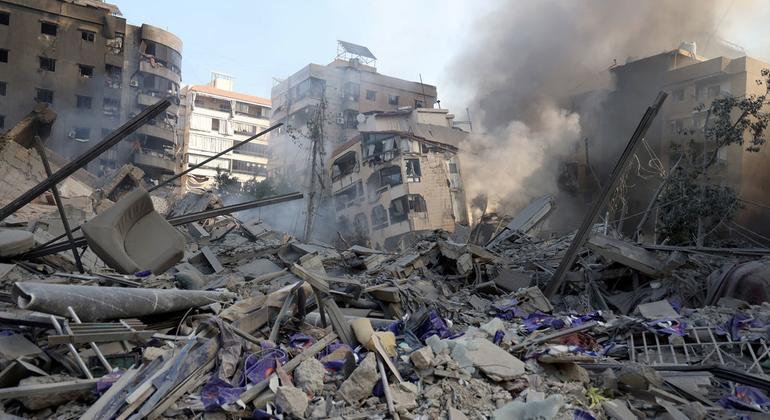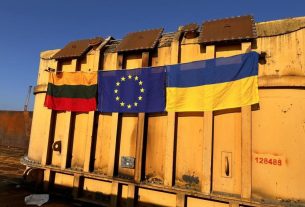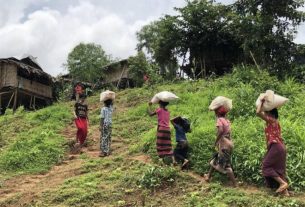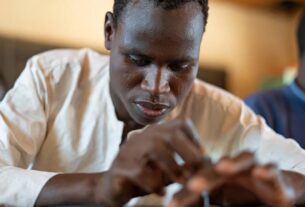“What we’re hearing is that amongst the 22 people who were killed were 12 women and two children,” said Jeremy Laurence, spokesperson for the Office of the UN High Commissioner for Human Rights (OHCHR).
“We understand it was a four-storey residential building that was struck. With these factors in mind, we have real concerns with respect to [International Humanitarian Law], so the laws of war and principles of distinction, proportion and proportionality. In this case, [OHCHR] would call for a prompt, independent and thorough investigation into this incident.”
Since the Israeli military escalated its offensive against Hezbollah fighters in Lebanon last month whose deadly rocket attacks into Israel have not stopped, the UN refugee agency, UNHCR, reported that the death toll in Lebanon is now more than 2,200 since the outbreak of the war in Gaza in October 2023.
That number “continues to climb as the situation becomes more dramatic”, said Rema Jamous Imseis, UNHCR Director for the Middle East.
Over 10,000 people have also been injured amid Israeli airstrikes and Israeli evacuation orders that have left more than 25 per cent of the country “under a direct Israeli military evacuation order”, the UNHCR official told journalists in Geneva.
Worst crisis ‘in decades’
Some 1.2 million people have now been displaced across Lebanon, according to the country’s government, while the UN aid coordination office, OCHA, warned that all those impacted “are enduring the worst humanitarian crisis in decades”.
“Violence is pushing an already overwhelmed health system to the brink, with devastating impacts on care. Attacks on health facilities are a violation of international humanitarian law. They must end now,” OCHA said in an online post.
“People are heeding these calls to evacuate and they’re fleeing with almost nothing,” UNHCR’s Ms. Imseis said. “Many of them are being forced out into the open, they’re sleeping under the skies as they try to find their way towards safety and support.”
Aid disruptions
Aiding those in need remains dangerous and difficult, she continued, noting that “for the last three days running, we’ve had to endorse and approve and reapprove an interagency convoy movement which is now scheduled to take place today”.
Desperate scenes have also been reported on Lebanon’s border with Syria, where more than 283,000 people have now crossed into northern Syria “seeking safety, fleeing Israeli airstrikes”, the UNHCR official said.
About 70 per cent of those people are Syrians and roughly 30 per cent are Lebanese.
“We saw two women with about nine children between them who described their journey on foot for 10 hours to reach that point.
They had seen directly the impact of the violence, an airstrike had hit a home 100 metres from their home and they fled, literally, with just the clothes on their backs.”
Gaza: Horror in hospital courtyard
In Gaza, meanwhile, the UN Children’s Fund (UNICEF) condemned Monday’s strike on the al Aqsa hospital courtyard, where people from northern Gaza were told to relocate. At least four people were burned to death, and scores of others, including women and children, suffered severe burns.
“There are far too many children there with burns and with burn wounds” needing treatment that [the] hospital does not have the medicines and the antiseptics and the painkillers that are required,” said UNICEF spokesperson James Elder.
“On my last mission to Gaza earlier this month, I discovered such a thing as fourth degree burns; I met a little six-year-old boy, Hamid with fourth degree burns. So what we saw last night will have again been large numbers of people, including children, with horrendous burns to which that hospital simply doesn’t have the resources to treat.”
More to come…



